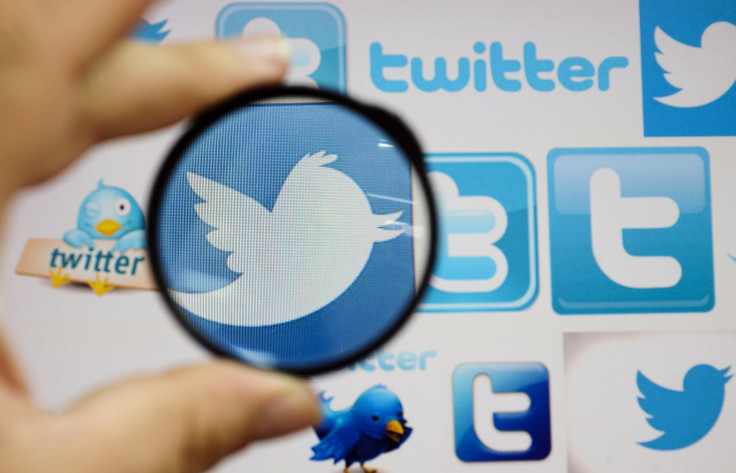Blocking On Twitter Back Again: Users’ Uproar Forces Company To Reverse Decision

After introducing a significant change to its account-blocking functionality on Thursday, Twitter (NYSE:TWTR) did a back flip on its decision on Friday, following a huge uproar from its users.
While blocking on Twitter has been used by people to avoid interacting with rude commentators, the new changes had eliminated that ability, allowing previously blocked users to continue to interact with account holders that had blocked them.
“We have decided to revert the change after receiving feedback from many users – we never want to introduce features at the cost of users feeling less safe,” Michael Sippey, Twitter's vice president of product, said in a blogpost. “Any blocks you had previously instituted are still in effect.”
Blocking a user means that he or she will not be able to view the timeline of the person who blocked them. The blocked users also have to “unfollow” the other user and will be unable to re-follow or add them to any of their lists -- a mechanism that lets blocked users determine that they have been blocked.
Twitter's move Thursday stemmed from a concern that users, once they realize that they have been blocked, might retaliate by blocking back. So, by introducing the changes to the blocking system, Twitter wanted to mask any blocking activity.
“In reverting this change to the block function, users will once again be able to tell that they’ve been blocked. We believe this is not ideal, largely due to the retaliation against blocking users by blocked users (and sometimes their friends) that often occurs,” Sippey said.
However, Twitter users did not share the same sentiment, and the outcry forced the company to hold an emergency meeting to discuss the changes. And, though Twitter decided to overturn its blocking policy, the company said that it will continue to look for features to prevent retaliatory behavior and abuse.
Here is the rest of the statement from the company:
Some users worry just as much about post-blocking retaliation as they do about pre-blocking abuse. Moving forward, we will continue to explore features designed to protect users from abuse and prevent retaliation... We’ve built Twitter to help you create and share ideas and information instantly, without barriers. That vision must coexist with keeping users safe on the platform. We’ve been working diligently to strike this balance since Twitter’s inception, and we thank you for all of your support and feedback to date. Thank you in advance for your patience as we continue to build the best – and safest – Twitter we possibly can.
© Copyright IBTimes 2025. All rights reserved.






















